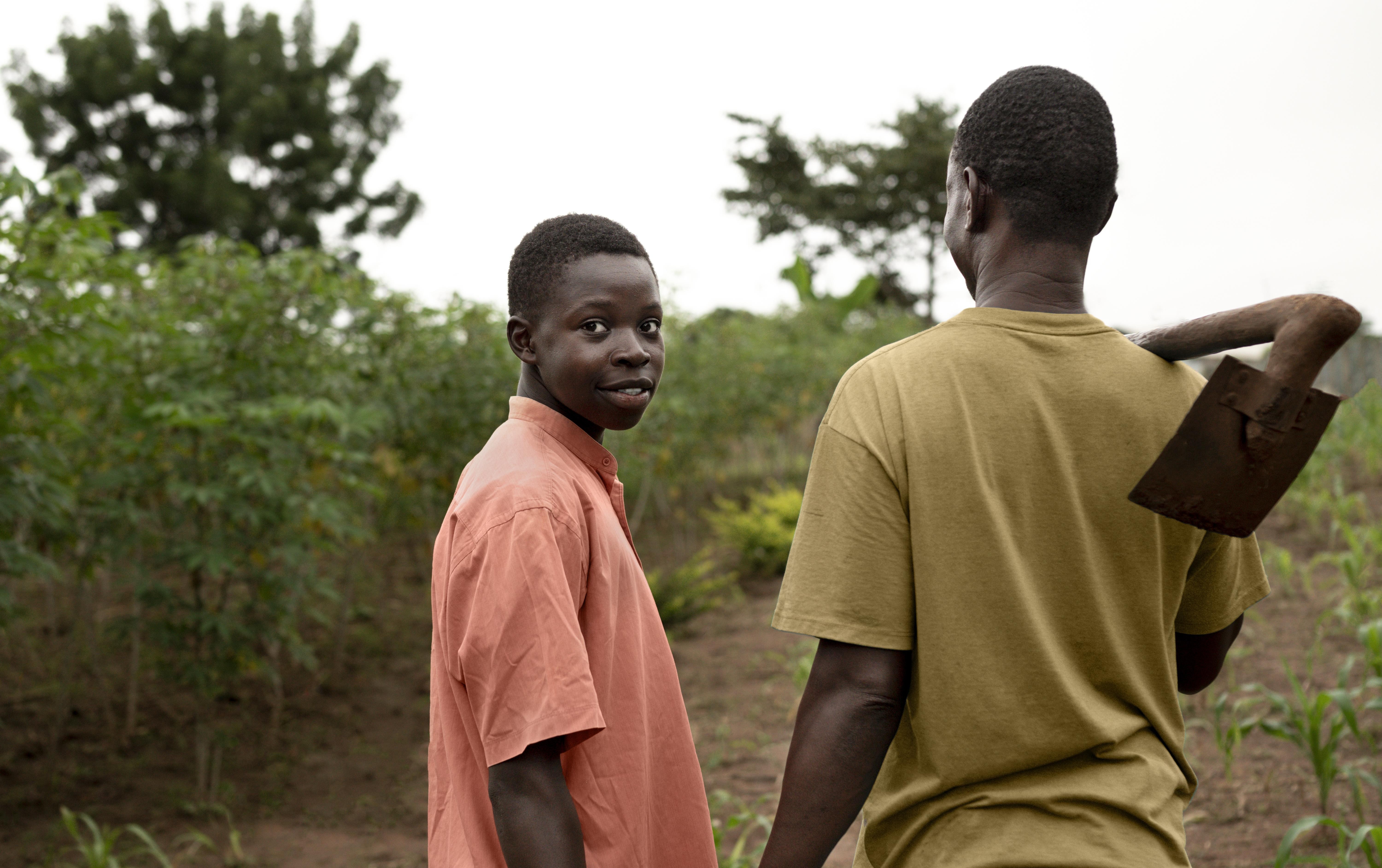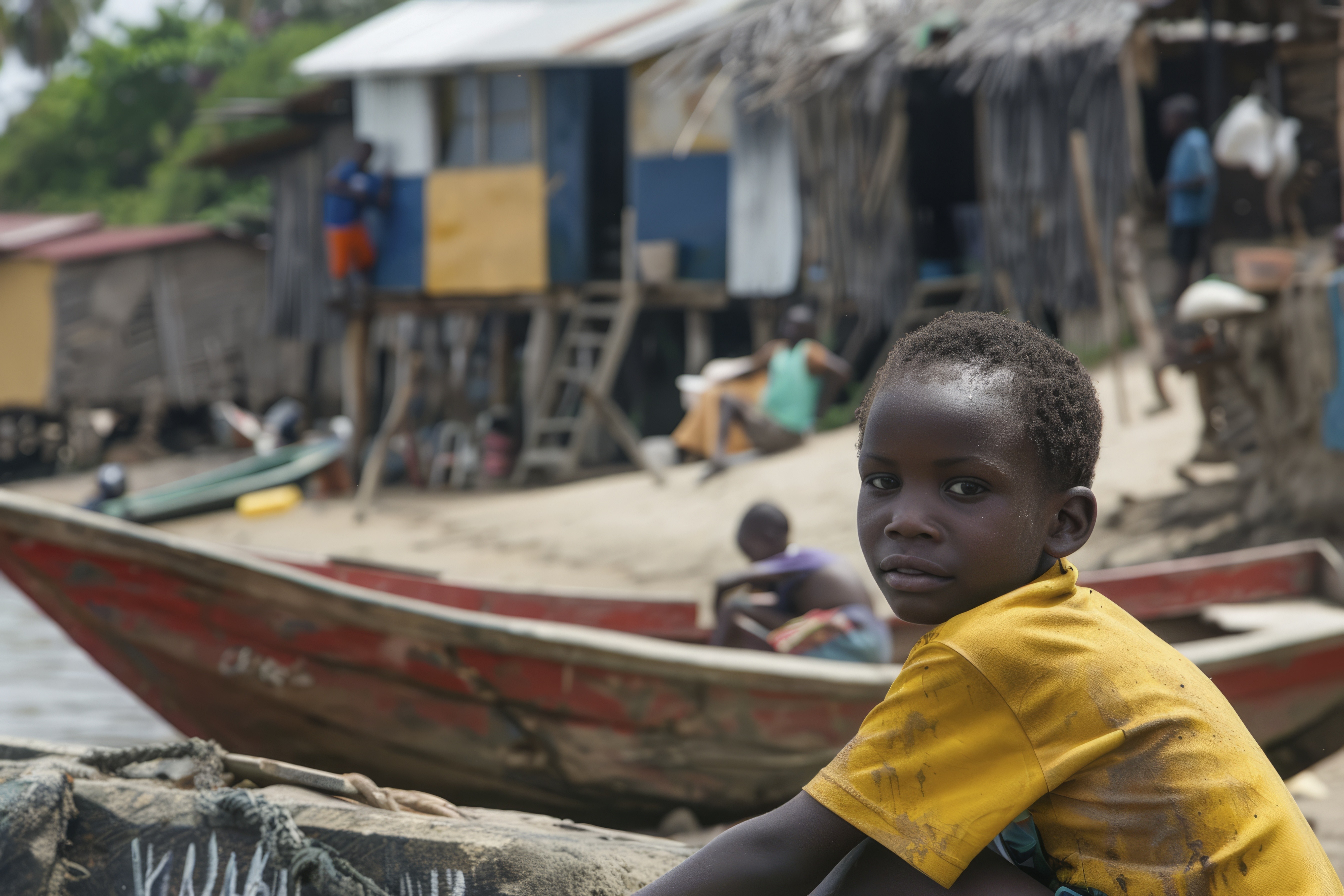
Migration on the Rise: Examining the South Africa-Zimbabwe Corridor in 2024
In recent months, the South Africa-Zimbabwe migration corridor has seen a remarkable surge in movement. According to the latest data from the International Organization for Migration (IOM), in July 2024 the corridor recorded 32,309 movements, constituting 92% of all migration flows across Zimbabwe's official border points. The sharp rise in these figures underscores the persistent socio-economic challenges driving Zimbabweans across the Limpopo River into South Africa in search of better opportunities. The South Africa-Zimbabwe corridor is one of Africa’s busiest, and it has deep historical roots and complex socio-economic dynamics that continue to shape both sending and receiving nations. While Zimbabwean migrants navigate complex legal and social landscapes in South Africa, the remittances they send back remain a lifeline for their families and communities.
The Development of the Zimbabwe-South Africa Corridor
Migration between Zimbabwe and South Africa has a long and troubled history. The Zimbabwe-South Africa corridor began to take shape during the apartheid era, when labor from Zimbabwe (then Rhodesia) was actively recruited to fuel South Africa’s mining industry. Bilateral labor agreements, enforced through organizations such as the Witwatersrand Native Labour Association (WNLA) and The Employment Bureau of Africa (TEBA), ensured a steady flow of migrant labor, largely from southern Zimbabwe. Zimbabwean workers were a vital part of South Africa’s workforce, particularly in the mining and agricultural sectors. This pattern of migration became entrenched over time, further facilitated by the geographic proximity and cultural ties between the two countries’ peoples, and especially between the Ndebele of Zimbabwe and the Zulu of South Africa.

Post-1980, when Zimbabwe gained independence, the formal recruitment of labor for South African mines from Zimbabwe was curtailed. However, the migration route remained active. Young men from Matabeleland, Zimbabwe’s southern region, continued to migrate clandestinely, driven by economic necessity and, in some cases, political violence. The early 2000s saw an acceleration in migration as Zimbabwe’s economy plunged into crisis, with hyperinflation, unemployment, and political instability, leading millions to seek better prospects across the border. Today, estimates suggest that between 1 and 3 million Zimbabweans live in South Africa, although these numbers fluctuate due to irregular migration and deportations.
Recent Migration Trends: A Surge in Numbers
The journey from Zimbabwe to South Africa follows two main routes. The most common one leads from Zimbabwe's southern Matabeleland region through Beitbridge, the busiest border crossing into South Africa, and from there into Limpopo province. Another prominent route begins in Harare and Chiredzi, traversing toward the same Beitbridge border post. For those unable to cross legally, the journey often includes dangerous alternatives such as crossing the Limpopo River, which exposes migrants to the threat of drowning, wildlife, and criminal gangs. Smugglers often exploit migrants, charging exorbitant fees that can range from $100 to $300 for an illegal crossing, often with no guarantee of safety or success. For many, the journey ends in Johannesburg or Pretoria, where work opportunities are more abundant, but these cities also host the highest risks of exploitation. Migrants must also contend with xenophobic violence, police raids, and exploitation by illegal employers, making this route fraught with both physical and financial dangers.

The latest statistics from IOM highlight a significant uptick in movement along the South Africa-Zimbabwe corridor. IOM’s July 2024 data revealed that 35,187 movements were recorded in Zimbabwe, with the overwhelming majority (more than 92%) occurring through the South Africa-Zimbabwe route. In contrast, the Zambia-Zimbabwe corridor accounted for only 2,878 (8%) movements during the same period. The primary driver behind this surge is the continued search for better economic opportunities in South Africa, as Zimbabwe grapples with persistent economic hardships. Among the migrants interviewed by IOM, 29% indicated plans to stay in South Africa for 6 to 12 months, while 19% mentioned a shorter stay of 3 weeks to 3 months. These figures suggest that, while some migrants may be seeking temporary work to accumulate resources before returning home, a significant portion aim to settle for longer periods. Beitbridge, Zimbabwe’s southernmost district and the main crossing point into South Africa, recorded the highest outflow of migrants (46%) in July 2024. Harare and Chiredzi, with 14% and 8% respectively, were the other main departure points. For those traveling from Matabeleland South Province, the Limpopo Province (67%) and Gauteng (31%) in South Africa were the top two intended destinations.
The Economic Impact of the South Africa-Zimbabwe Corridor: Remittances as a Lifeline
Remittances are a critical aspect of the Zimbabwe-South Africa migration dynamic. While the migration itself may not result in economic development for Zimbabwe, the remittances sent home by migrants are crucial for the survival of many families. According to recent data, 53% of Zimbabwean migrants cite informal activities, such as vending (23%), poultry farming (22%), and running grocery stores (20%), as their main sources of income, highlighting the precarious nature of economic integration in South Africa. Remittances are primarily used for daily sustenance rather than long-term investments. The Famine Early Warning Systems Network (FEWS NET) July 2024 report notes that many Zimbabwean households continue to rely on coping strategies, such as skipping meals and reducing meal portions, to survive as the country faces a prolonged lean season in agriculture and farming, which is also expected to last until the first months of 2025. In such a dire situation, remittances sent by Zimbabwean migrants fill a crucial gap, enabling families to meet basic needs amidst the economic downturn. However, these remittances are insufficient to spur broader economic development, as they are typically directed toward immediate consumption rather than savings or investment.

Despite the significant number of Zimbabweans in South Africa, their integration into the host country remains fraught with challenges. The legal status of many migrants is uncertain, contributing to a climate of precariousness. While some migrants interviewed in July by the IOM hold visitor visas or Zimbabwe Exemption Permits, others remained undocumented, further exacerbating their vulnerability. The South African government’s efforts to regularize Zimbabwean migrants, including initiatives such as the Zimbabwean Dispensation Project (ZDP) launched in 2010, have provided some relief. The was launched by the South African government to normalize the status of undocumented Zimbabwean migrants living in South Africa. It aimed to provide a temporary legal framework for Zimbabweans who had fled economic and political instability in their home country, allowing them to apply for permits that would grant them legal status for a defined period. The ZDP focused on facilitating access to work, education, and healthcare for beneficiaries, while also promoting social cohesion and reducing the vulnerability of Zimbabwean migrants. However, despite its positive impact on many individuals, the ZDP was temporary and left numerous migrants in a state of uncertainty regarding their long-term residency and rights in South Africa once the program concluded in 2017.
After the end of the ZDP initiative, the South African government launched the Zimbabwe Expetion Permit (ZEP), a special permit designed to provide a long-term solution for Zimbabwean migrants who had been living in South Africa under the Zimbabwean Dispensation Project (ZDP). The ZEP allowed holders to live, work, and study in South Africa legally, offering protection from deportation and access to various services. It was aimed at individuals who had arrived in South Africa before a specific cut-off date and had met certain criteria, such as being in possession of a valid ZDP or demonstrating that they were continuously employed or had a valid business. The ZEP was initially granted for a five-year period, which could be renewed. However, the permit has been a subject of controversy and uncertainty, as the South African government announced plans to phase it out by the end of 2021, resulting in anxiety among many Zimbabwean migrants about their future residency status. The end of the ZEP has then been extended until the end of 2023, and later until november 2024, but it has also raised concerns about mass deportations and the potential impact on the livelihoods of Zimbabweans who have integrated into South African society once the measure is finally phased out.

Moreover, xenophobic sentiments remain pervasive in South Africa, often driven by economic competition in a country where unemployment remains high. Zimbabweans, in particular, are viewed as competitors in both low-skilled jobs and more skilled positions, contributing to widespread social resentment. In Johannesburg, home to the largest concentration of Zimbabweans, migrants often live in precarious conditions. Historically, migrants from Matabeleland were able to blend into South African society due to linguistic and cultural affinities with the Zulu population. However, as migration has expanded to include Zimbabweans from across the country, integration has become more difficult for those without such cultural ties. Many migrants are concentrated in informal settlements and work in insecure, low-paying jobs. Despite their contributions to the South African economy, their position remains tenuous, often living on the margins of society.
----
Designed with pictures from Freepik
Categories:
Tags:

